How to Safely Remove Bats from Your Attic in Michigan
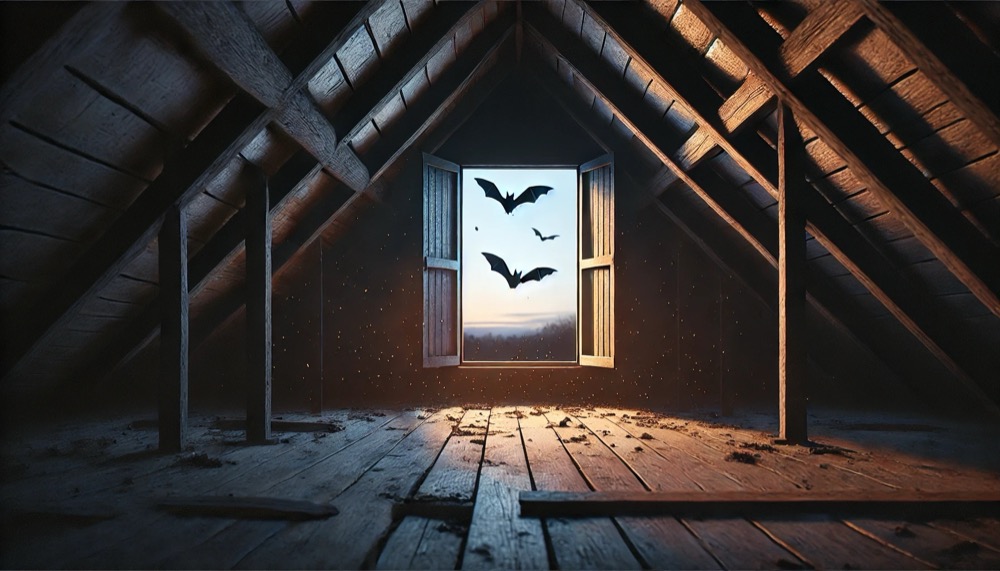
Bats in your attic can pose significant risks to both your home and your family. These nocturnal creatures often seek refuge in attics, where they can establish colonies and create potential health hazards and structural damage. Knowing how to safely remove bats from your attic in Michigan is crucial for addressing the issue promptly and seeking professional assistance when necessary.
Identifying Bat Infestations
Before you can remove bats, you need to confirm their presence. Here are some signs to look for:
Visual Cues
One of the most obvious indicators of a bat infestation is the presence of the bats themselves. If you notice bats flying in and out of your attic, particularly around dusk or dawn, it's a clear sign that they have taken up residence. Additionally, you may spot them roosting in corners or crevices within the attic space.
Another visual cue is the accumulation of bat droppings, also known as guano. Bat guano typically appears as small, dark pellets scattered on surfaces or piled up in specific areas. The presence of guano not only confirms the existence of bats but also indicates the size of the colony and the duration of their stay.
Staining on walls or ceilings can also be a telltale sign of a bat infestation. Bats often leave oily stains or streaks where they frequently enter and exit the attic or where they roost. These stains can be difficult to remove and may require professional cleaning.
Additional Information:
- Look for scratches or gnaw marks on wooden beams or surfaces, which can indicate bat activity.
- Inspect for torn insulation or nesting materials, as bats may use these for roosting.
- Check for bat skeletons or carcasses, which can signify a long-standing infestation.
- Be aware that some bat species may leave a strong, musky odor in the attic.
Auditory Cues
Bats are not typically noisy creatures, but their presence can sometimes be detected through auditory cues. If you hear scratching, squeaking, or fluttering sounds coming from your attic, especially at night, it could be an indication of bat activity.
During the breeding season, which varies depending on the species, you may also hear the high-pitched vocalizations of baby bats, known as pups. These sounds can be faint but can help you identify the presence of a maternity colony.
Additional Information:
- Listen for chirping or clicking noises, which can indicate communication between bats.
- Pay attention to any sounds that seem to be coming from the attic during the daytime, as bats are typically active at night.
- Be aware that some bat species are more vocal than others, so the absence of auditory cues does not necessarily mean there is no infestation.
Odors
Bat infestations can also be accompanied by unpleasant odors. The accumulation of guano and urine can produce a strong, musty, and ammonia-like smell that permeates the attic and potentially other areas of your home.
If you notice a persistent, foul odor emanating from your attic, it could be a sign of a significant bat infestation that requires immediate attention.
Additional Information:
- The odor may be more noticeable during warmer months when the guano and urine decompose faster.
- Larger bat colonies tend to produce stronger and more pungent odors.
- Odors can also indicate the presence of dead bats or other wildlife in the attic.
- Persistent odors can be a sign of a long-standing infestation that may require extensive cleaning and decontamination.
Steps for Safe Bat Removal
Once you've confirmed the presence of bats, it's essential to follow a safe and humane removal process. Here are the steps to take:
Inspection
Conduct a thorough inspection of your home's interior and exterior to determine the extent of the infestation, identify potential entry points, and assess any damage caused by the bats.
Humane Exclusion
Install one-way exclusion devices that allow the bats to exit your attic but prevent them from re-entering. This process is carefully timed to ensure that no bats, especially young or hibernating individuals, are trapped inside.
Monitoring and Adjustments
Monitor the exclusion process for several days, making any necessary adjustments to ensure that all bats have successfully vacated the premises.
Permanently Sealing Entry Points
Once all the bats have been safely removed, permanently seal off all potential entry points to prevent future infestations. This may involve using materials such as caulk, expandable foam, or wire mesh, depending on the size and location of the openings.
When to Seek Professional Assistance
If you suspect a bat infestation in your attic based on the signs mentioned above, it's advisable to seek professional assistance from a reputable wildlife control company. Attempting to remove bats on your own can be dangerous, as bats can carry diseases like rabies, and improper handling can lead to potential health risks.
Professional wildlife control experts have the knowledge, equipment, and experience to safely and humanely remove bats from your attic while adhering to local regulations and best practices. They can also provide guidance on sealing entry points and implementing preventive measures to discourage future infestations.
Key Points:
- Identifying bat infestations involves looking for visual, auditory, and olfactory signs.
- Safe bat removal includes inspection, humane exclusion, monitoring, and sealing entry points.
- Professional assistance is often necessary for effective and humane bat removal.
By being vigilant and recognizing the signs of a bat infestation, you can take prompt action to address the issue and protect your home and family from potential health hazards and structural damage.
If you're located in the area and suspect a bat infestation in your attic, don't hesitate to contact Ancon Wildlife Services at 248-930-1882. Our experienced professionals can assess the situation and provide safe and effective solutions for bat removal and prevention.
‹ Back


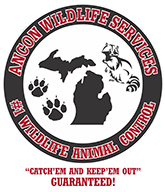


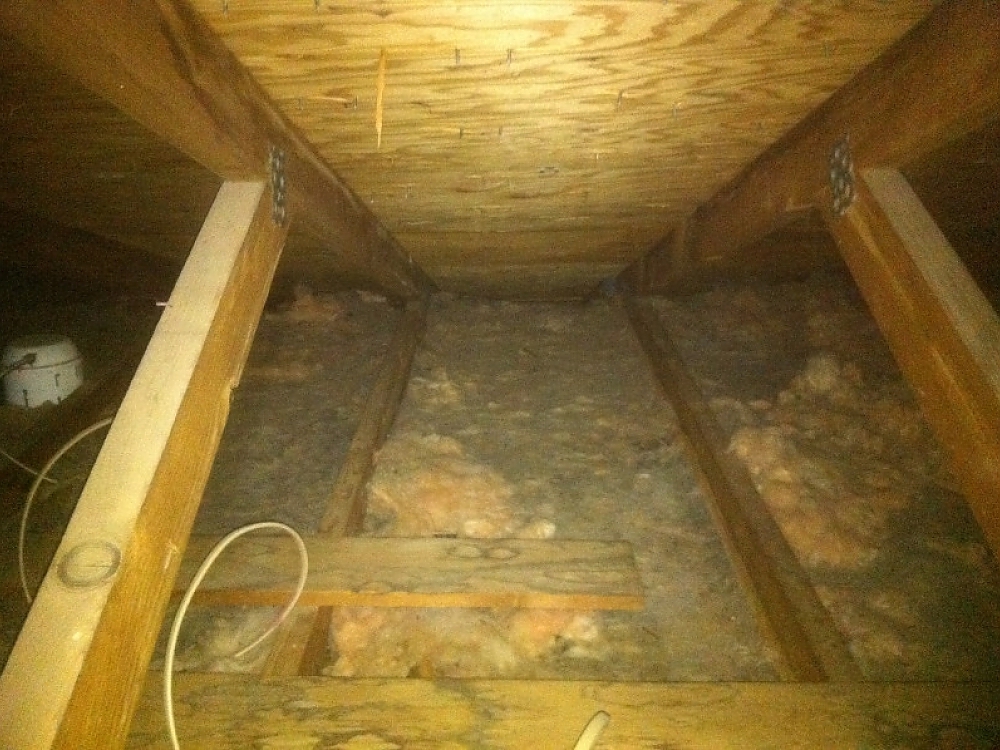
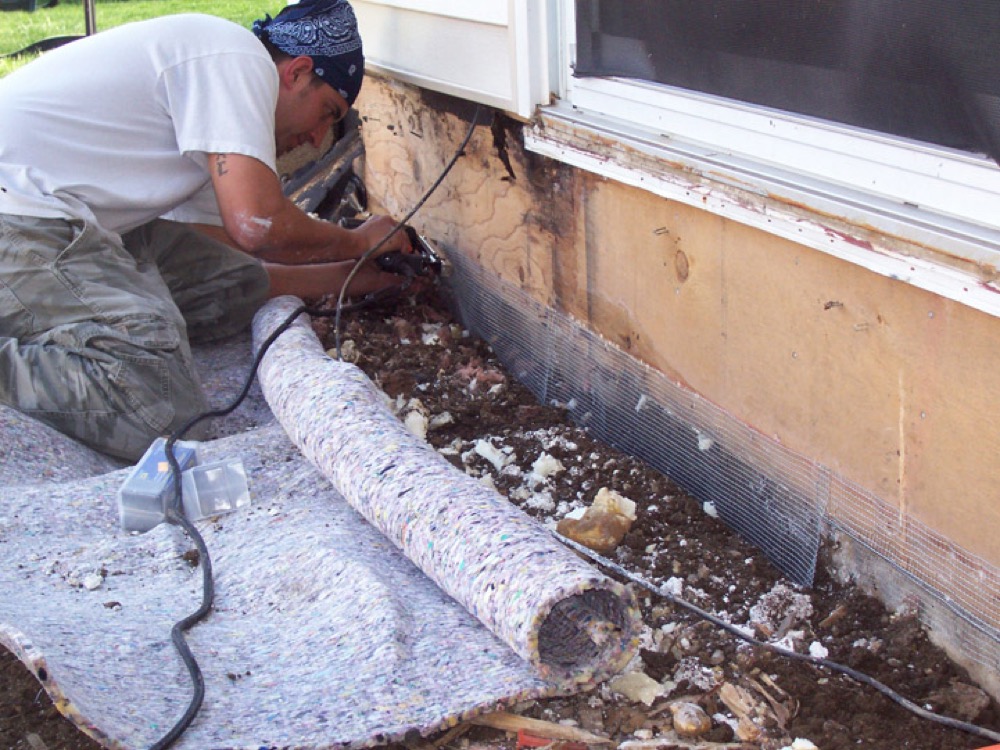
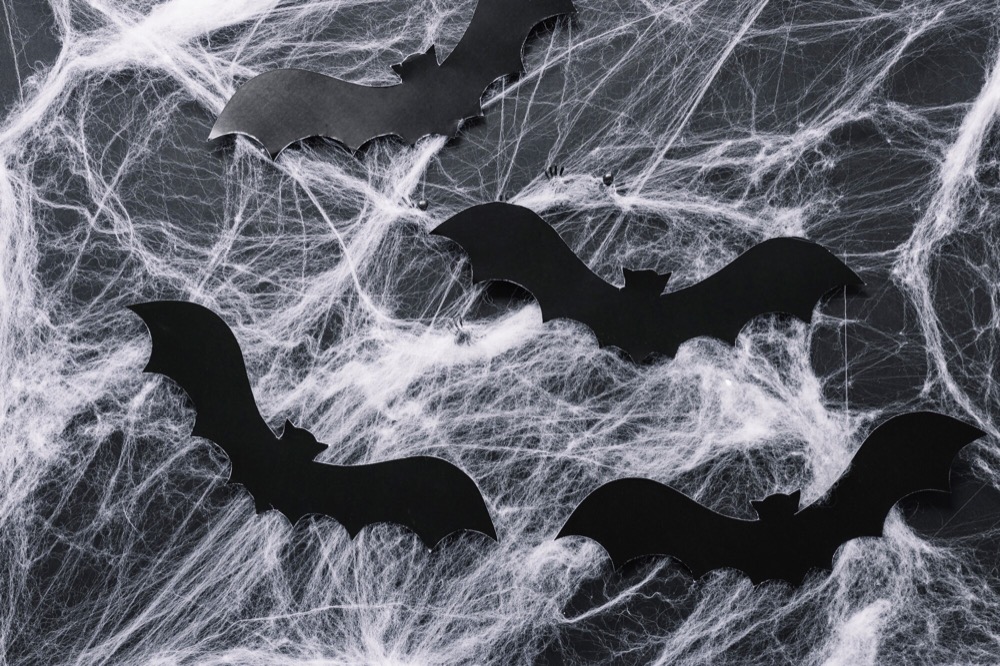


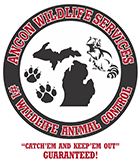
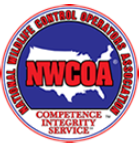

.png) Twitter
Twitter